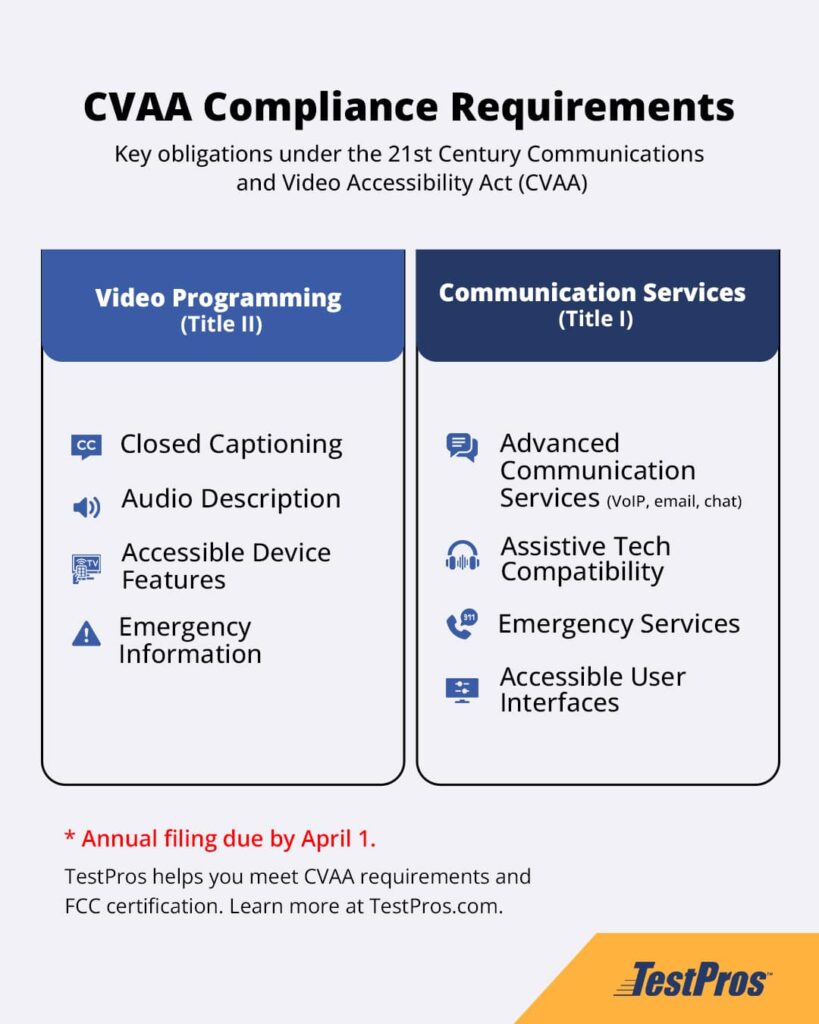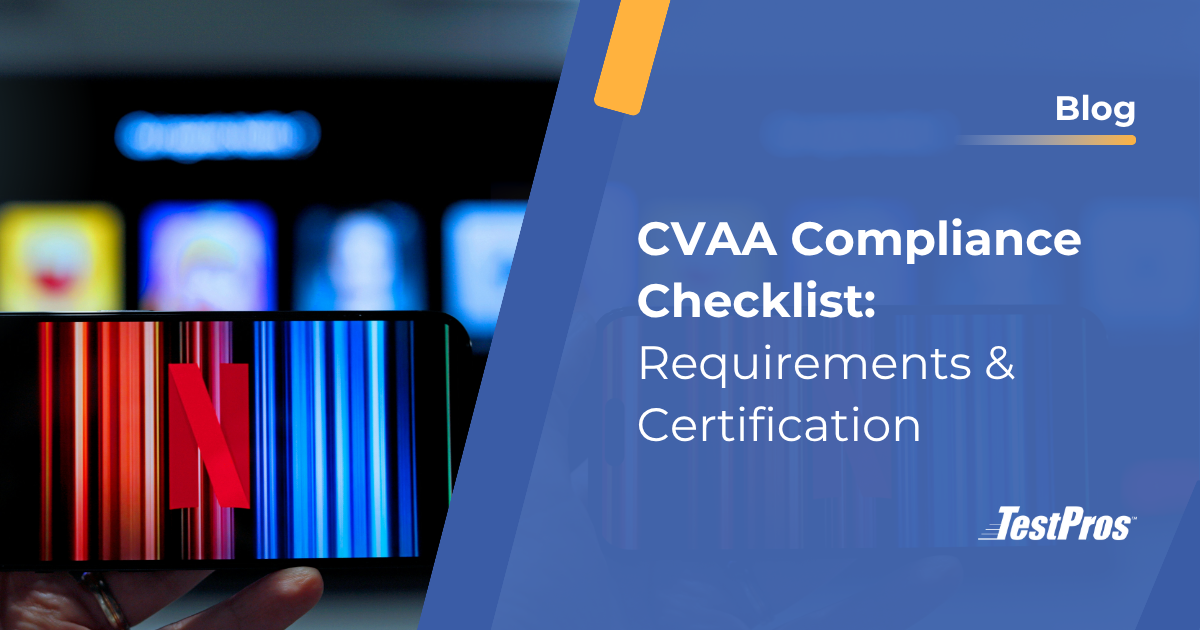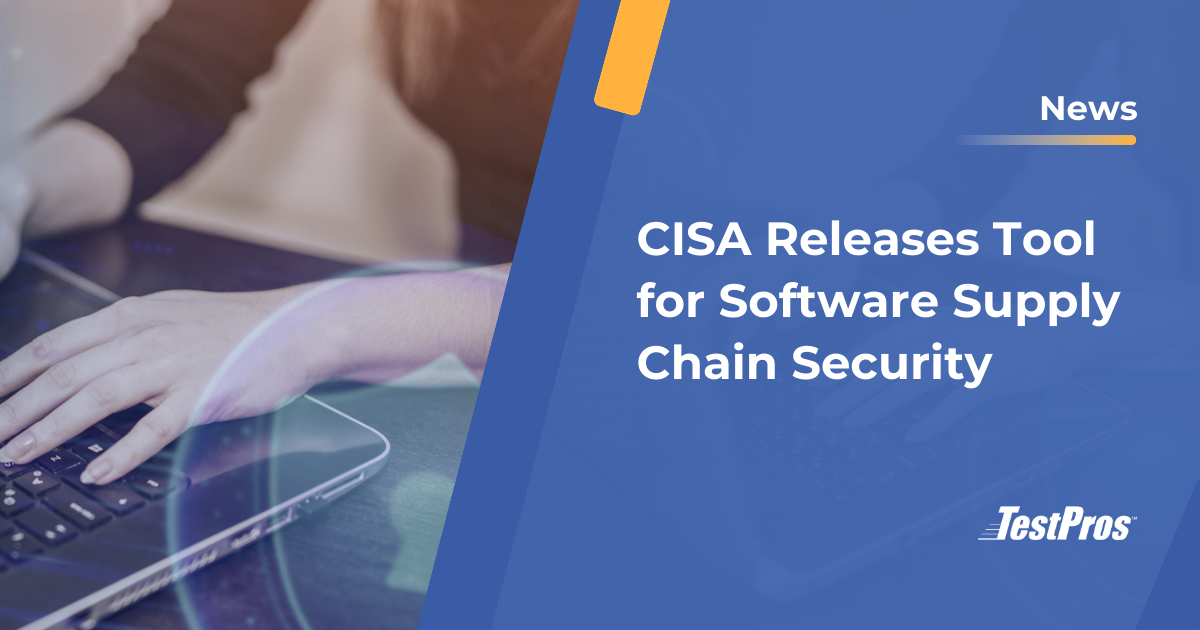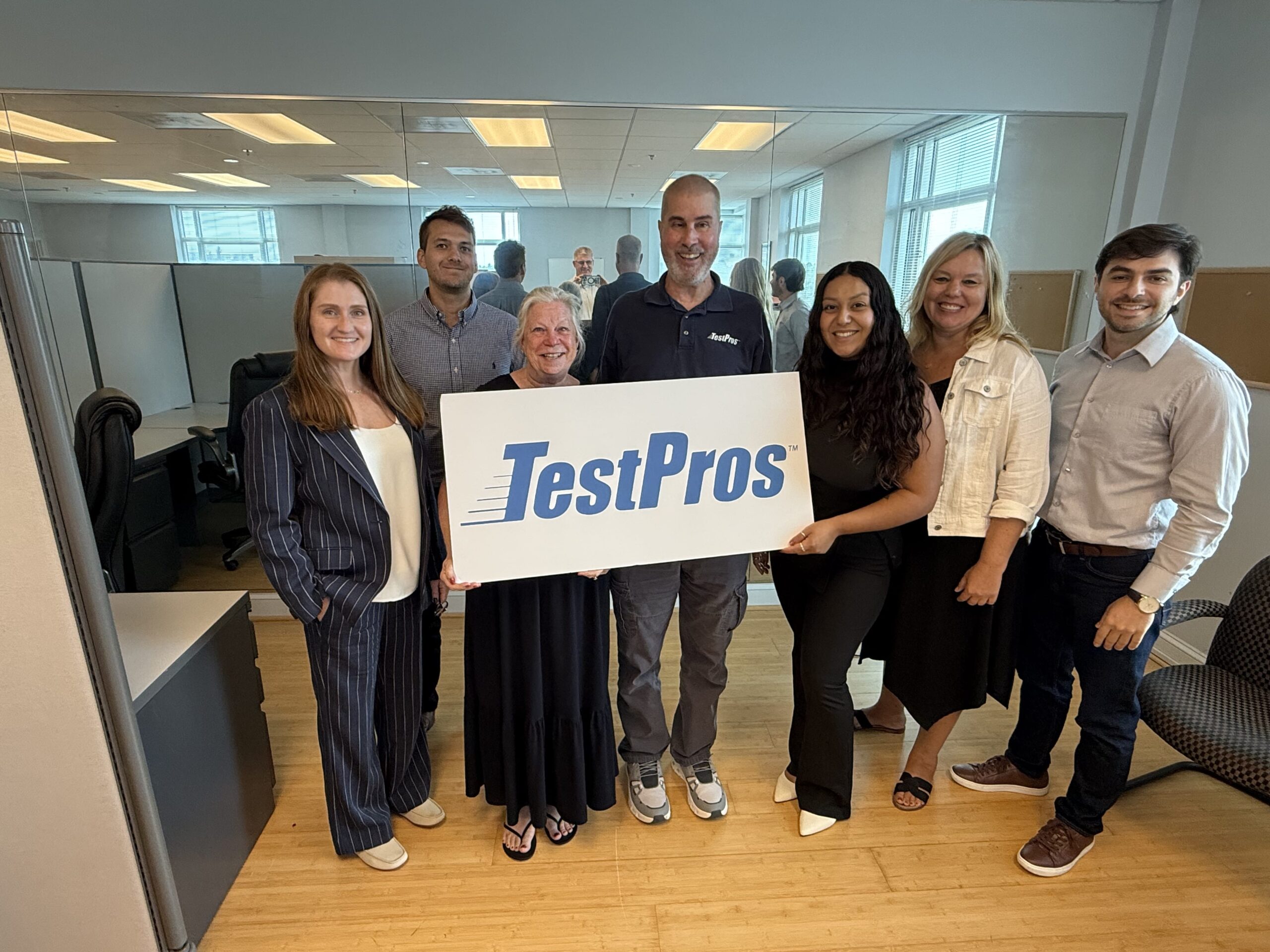The 21st Century Communications and Video Accessibility Act (CVAA) was signed into law on October 8, 2010. It updates U.S. accessibility laws to cover video games, streaming platforms, apps, and advanced communication services (ACS).
The goal is simple: ensure equal access to communications technologies and video programming for people with disabilities, including those who are deaf, hard of hearing, blind, visually impaired, or deaf-blind.
This guide outlines the requirements of CVAA compliance, identifies who must comply, explains the existing exemptions, and details the penalties for non-compliance.
What the CVAA Is (and How the FCC Enforces It)
- The CVAA is a federal law passed by Congress in 2010.
- The FCC (Federal Communications Commission) did not create the law but is responsible for implementing and enforcing it.
- Together, the law and FCC rules ensure communications technologies and video content are accessible across the United States.

CVAA Compliance Checklist
The requirements are divided into two main areas: Title I covers communication services like VoIP, email, and apps, while Title II focuses on video programming and devices. This checklist summarizes the key obligations under both titles.
1. Closed Captioning
- Closed captioning is required by law for television and for any online video that previously aired on TV with captions.
- Captions must be accurate, synchronized, complete, and properly placed.
- The FCC has also adopted the “Readily Accessible” closed captioning requirements, which will take effect in 2026.
2. Audio Description
- Certain TV and online video content must include narration describing visual details.
- Devices like TVs, set-top boxes, and apps must support audio description tracks.
3. User Controls & Interfaces
- Caption and description toggles must be simple and accessible.
- Interfaces (menus, browsers, apps) must work with assistive technologies like screen readers.
4. Accessibility in Video Games
- ACS in gaming: in-game chat, voice, and messaging must be accessible.
- Gameplay exemption: CVAA doesn’t cover core gameplay, but it does cover communication functions and related user interface elements.
- Since 2019: games with ACS must comply and developers must document consultations with users with disabilities.
5. Accessibility in Streaming & Apps
- Streaming: captions are required for online distribution of any TV content that originally aired with captions.
- Apps with ACS: text, email, or conferencing must be accessible and compatible with assistive tech.
- Mobile browsers: must be accessible to users with visual impairments.
- Emergency alerts: must be made accessible to people with disabilities.
6. Equipment & Services
- Telecommunication services (VoIP, TRS, 911) must be accessible.
- ACS equipment (phones, tablets, software) must be compatible with hearing aids or assistive devices.
7. Recordkeeping & FCC Certification
- Companies must keep records of accessibility efforts (consultations, features, compatibility, exceptions).
- An annual certification must be filed with the FCC by April 1.
- Filing is done through the FCC Recordkeeping Compliance Certification and Contact Information Registry.
Who Must Be CVAA Compliant?
- Video programming distributors (TV, streaming, cable, satellite)
- ACS providers (VoIP, email, instant messaging, video conferencing)
- App and software developers with ACS features
- Video game companies with in-game chat or messaging
- Equipment manufacturers (phones, tablets, set-top boxes, browsers)
Who Is Exempt from CVAA Compliance?
Some content and functions fall outside of CVAA requirements:
- Online-only videos: Content that has never aired on U.S. television with captions.
- User-generated content: Personal uploads such as home videos on YouTube.
- Non-communicative gameplay: Core gameplay elements are exempt, though all communication features must still comply.
If your business provides advanced communication services (ACS) or distributes video programming, you are likely subject to CVAA rules.
What Happens If You’re Not CVAA Compliant?
Non-compliance with the CVAA requirements carries real risks:
- FCC fines: Up to roughly $144,000 per violation, capped at $1.4 million for a single act (adjusted annually for inflation).
- High-profile case: In 2021, Pluto TV and ViacomCBS agreed to pay a $3.5 million penalty after the FCC found CVAA captioning violations.
- Consumer complaints: Individuals can file accessibility complaints directly with the FCC.
- Reputation damage: Beyond fines, ignoring accessibility laws can lead to negative press and loss of consumer trust.
Bottom line: failing to be CVAA compliant can cost millions and damage your brand.
CVAA vs. ADA
- ADA (Americans with Disabilities Act): broad law covering accessibility in public spaces and digital services.
- CVAA: specifically targets communications technologies and video content.
- Together, they ensure equal access for people with disabilities in the United States.
Why Third-Party Help Matters
CVAA compliance can be complex. Many companies rely on third-party expertise to:
- Conduct accessibility audits and testing
- Provide captioning and audio description services
- Maintain compliance records for FCC filings
- Build sustainable workflows to keep all new content accessible
Closing
CVAA compliance is a legal requirement, not a suggestion. Whether you create video games, stream content, or build communication apps, you must meet CVAA guidelines and file your FCC certification.
TestPros can guide you through compliance, avoid fines, and make your platforms more accessible to all users.
Speak with an accessibility expert





